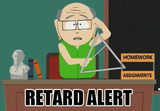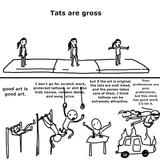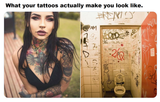>>212487197
I asked because statistics are all over the place. Personal agendas aside, the numbers may be influenced by how the questions are asked, how molestation/assault is defined, where the sample size comes from (socioeconomical background, geographic location, race, etc), whether the data was self-reported or from a canvas, etc.
This study by the National Library of Medicine cites 35%
https://pmc.ncbi.nlm.nih.gov/articles/PMC1497098/
In "The prevalence of child sexual abuse: Integrative review adjustment for potential response and measurement biases", authors Kevin Gorey and Donald Leslie note:
>Female and male child sexual abuse prevalence estimates adjusted for response rates ... and adjusted for operational definitions ... were 14.5% and 7.2%
In the study "History of Childhood Sexual Abuse and HIV Risk Behaviors in Homosexual and Bisexual Men", David Brennan et al find that
>childhood sexual abuse was reported by 15.5% of the survey respondents.
(Their survey was given to men, 99.5% of which identified as gay or bisexual.)
Dubiousness of statistics aside, correlation =/= causation. It's possible that homosexual children tend to be more vulnerable due in part to the higher chance that they are more likely to lack a support network (disowned, runaways, etc).
Quid Pro Quo - where is your 80% statistic from?














































